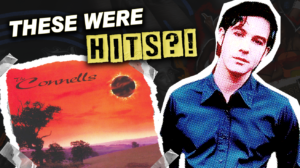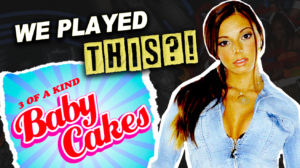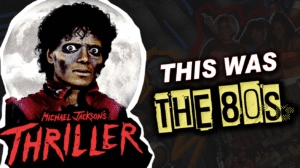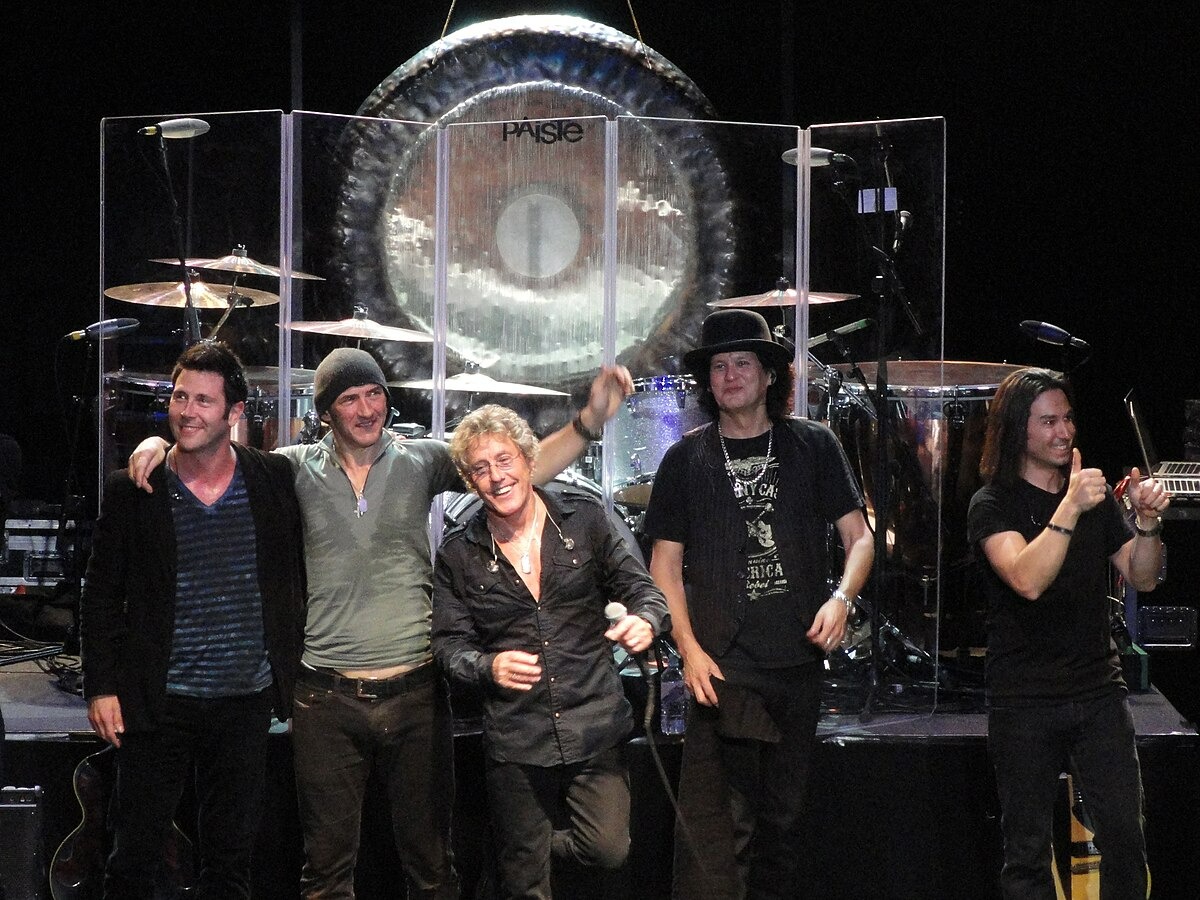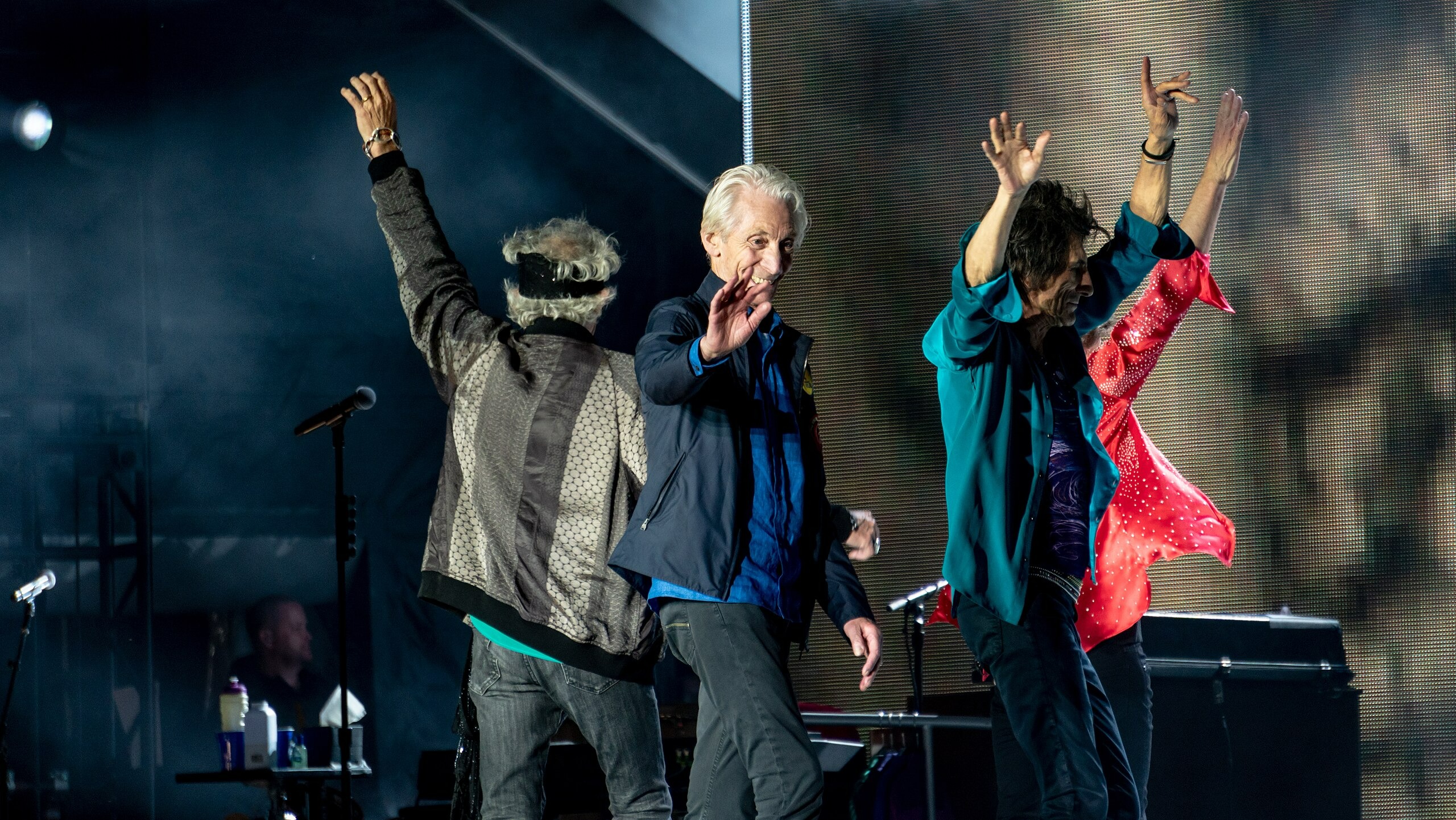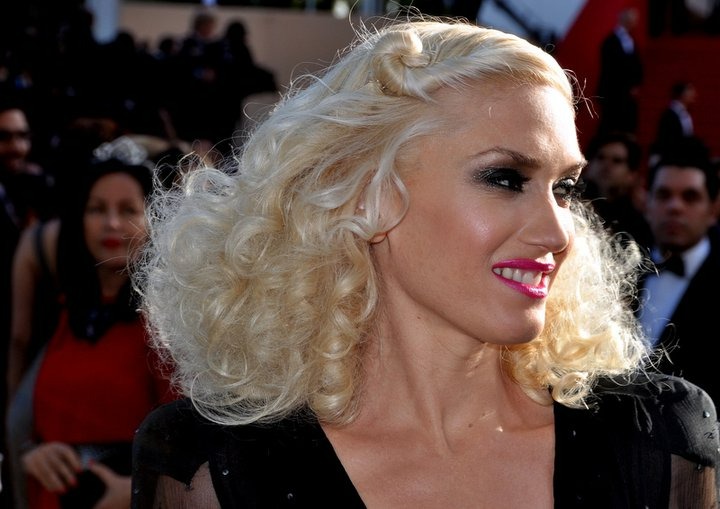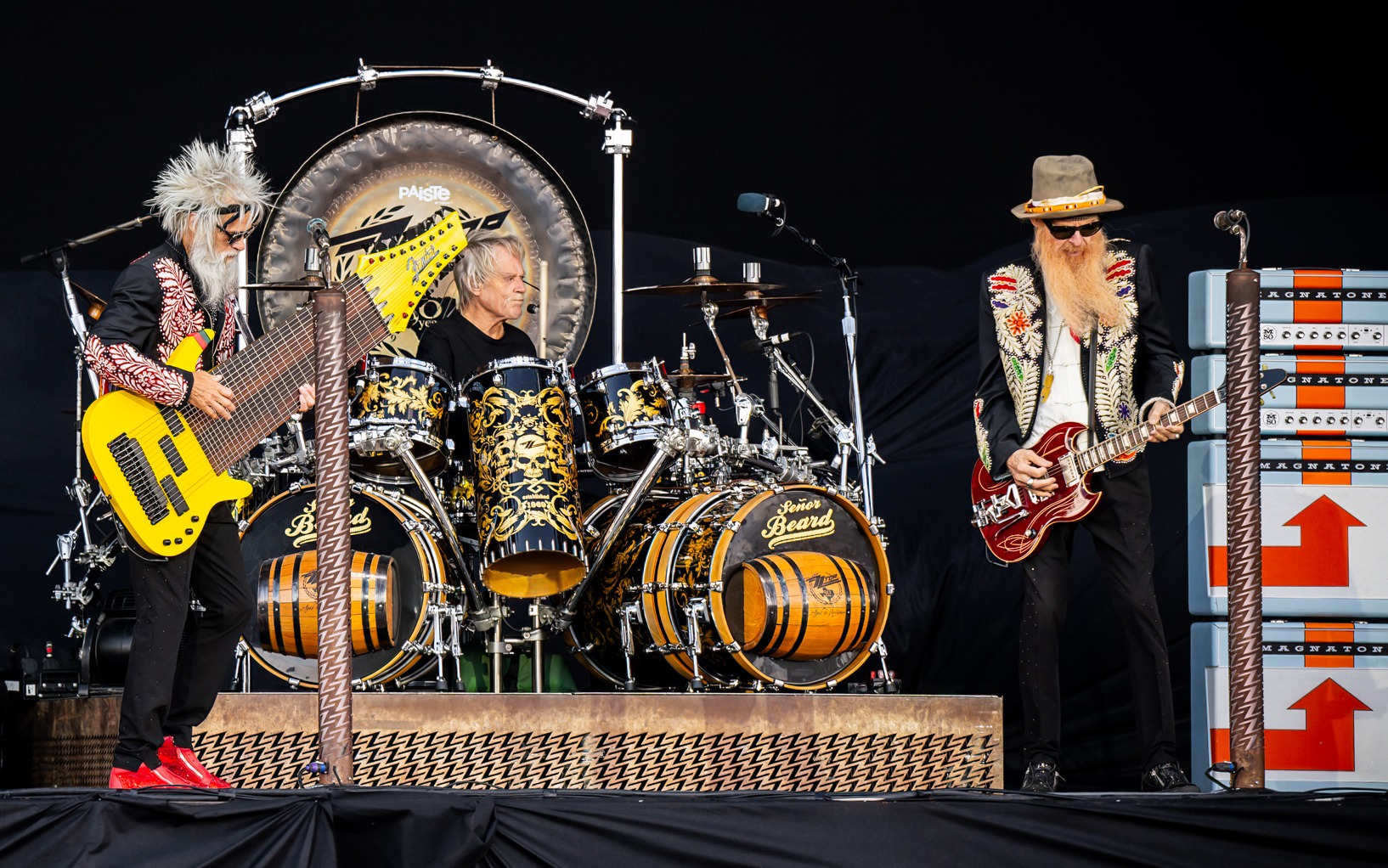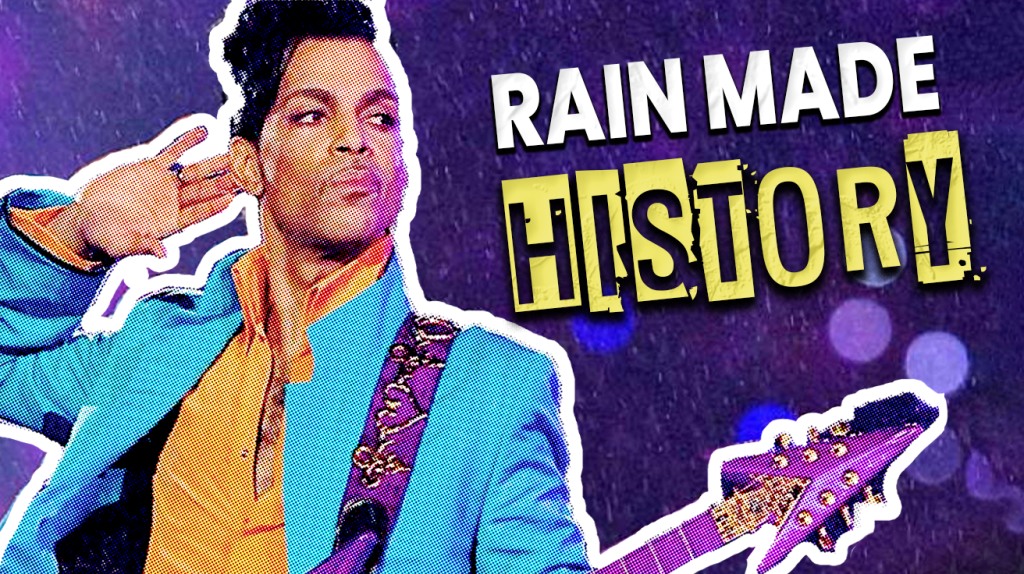
Some performances don’t just entertain—they carve themselves into collective memory and refuse to leave. These ten concerts didn’t just happen; they exploded across generations, becoming shorthand for entire cultural movements. From intimate acoustic sets that revealed hidden vulnerability to stadium spectacles that united hundreds of thousands, these moments prove that live music’s real power isn’t just in the notes—it’s in how those notes can change everything.
10. Nirvana MTV Unplugged (1993)
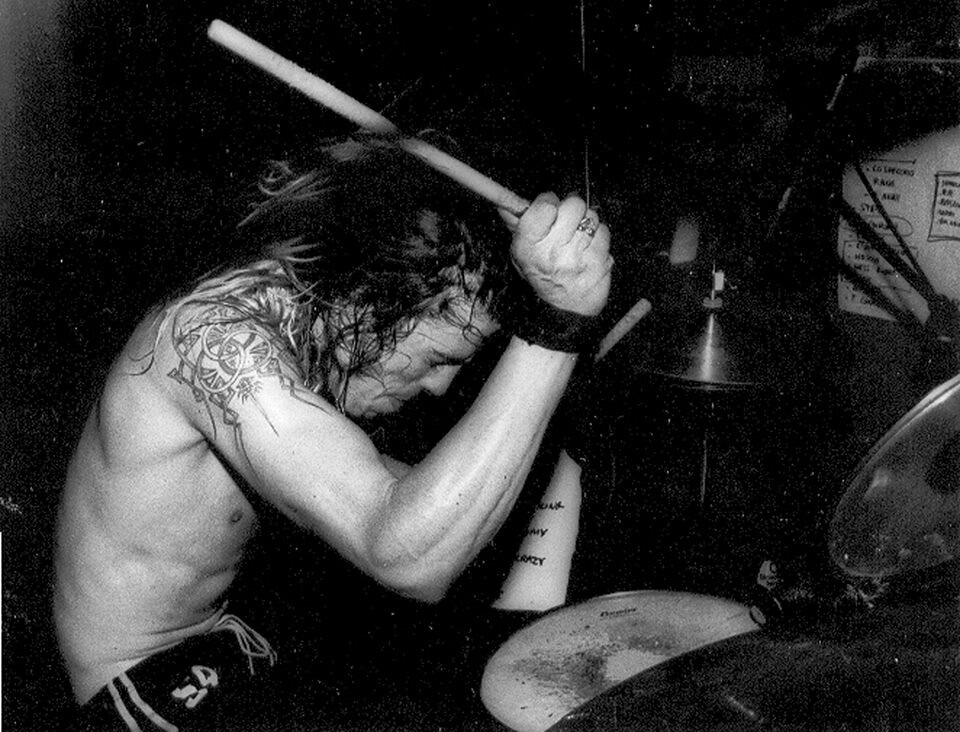
Kurt Cobain’s acoustic reinterpretations showcased grunge’s emotional depth just months before his death. The performance featured canonical covers including Lead Belly’s “Where Did You Sleep Last Night?” and David Bowie’s “The Man Who Sold the World,” both delivered with haunting intensity that made the originals feel like rough drafts.
Cobain’s distressed presence transformed familiar songs into confessions. The stripped-down arrangements revealed layers of meaning that electric guitars had previously masked, creating an intimacy that felt almost invasive to witness.
9. Michael Jackson Debuts the Moonwalk (1983)
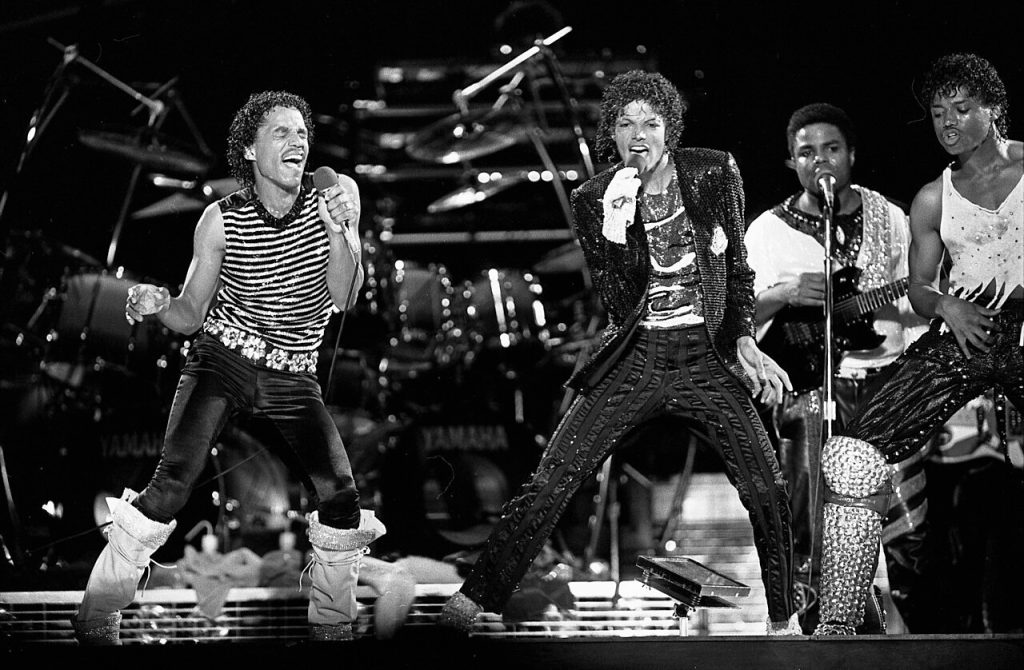
At Motown’s twenty fifth Anniversary, Jackson unveiled the Moonwalk during “Billie Jean,” turning a borrowed move into his personal trademark. While Jeffrey Daniel originally developed the technique, Jackson’s adaptation launched it into international fame and solidified his status as pop culture’s reigning monarch.
The performance was pure theater disguised as spontaneity. Jackson’s flawless execution made the impossible look effortless, creating a signature moment that would define his legacy for decades.
8. Led Zeppelin at Royal Albert Hall (1970)
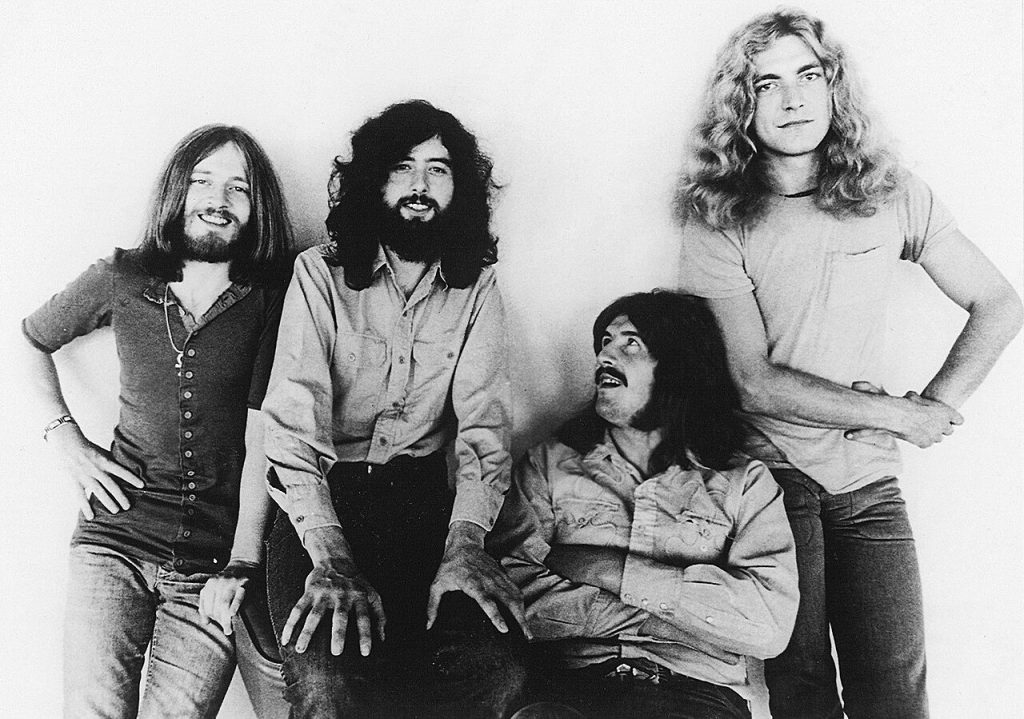
This performance represents a definitive snapshot of the band’s creative zenith, displaying tight musicianship and dynamic stage presence across their first three albums’ best material. Critics and fans consistently cite this set as capturing energy and technical prowess that became increasingly rare in their later, more chaotic performances.
The venue’s acoustics amplified every nuance, from John Bonham’s thunderous drumming to Jimmy Page’s guitar wizardry. It was Zeppelin operating at maximum efficiency before excess began eating their precision.
7. Johnny Cash at Folsom Prison (1968)
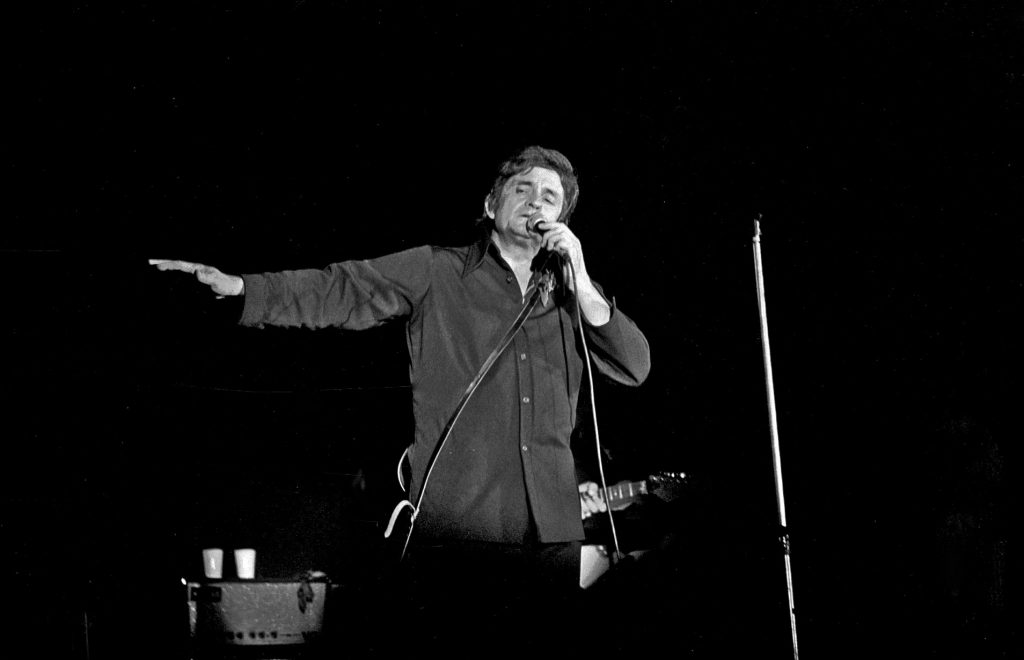
Cash’s concert for inmates was initially met with label skepticism but ultimately marked his remarkable comeback. The performance humanized incarcerated individuals for mainstream audiences, its gritty atmosphere and crime-focused themes cementing Cash’s outsider image while influencing public perceptions of prison reform.
The raw energy was palpable—prisoners responding to someone who sang their stories without judgment. Cash’s authenticity turned a recording session into a cultural statement about dignity and redemption.
6. Elvis Presley on the Milton Berle Show (1956)
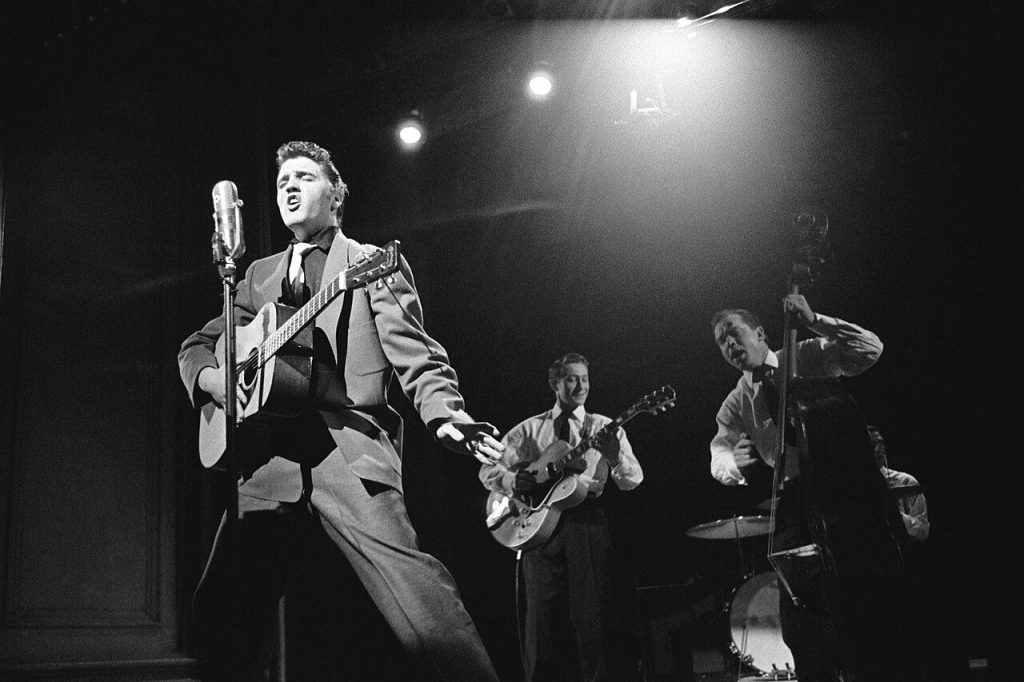
Presley’s energetic and controversial rendition of “Hound Dog” shocked mainstream audiences with its sexual charge and generational rebellion. The performance exemplified rock’s power to challenge social norms, becoming a watershed cultural event that ignited the rock revolution.
Television had never seen anything like Elvis’s hip movements and raw magnetism. Parents nationwide suddenly realized their living rooms had become battlegrounds between old values and unstoppable youth culture.
5. Jimi Hendrix Plays “The Star-Spangled Banner” at Woodstock (1969)
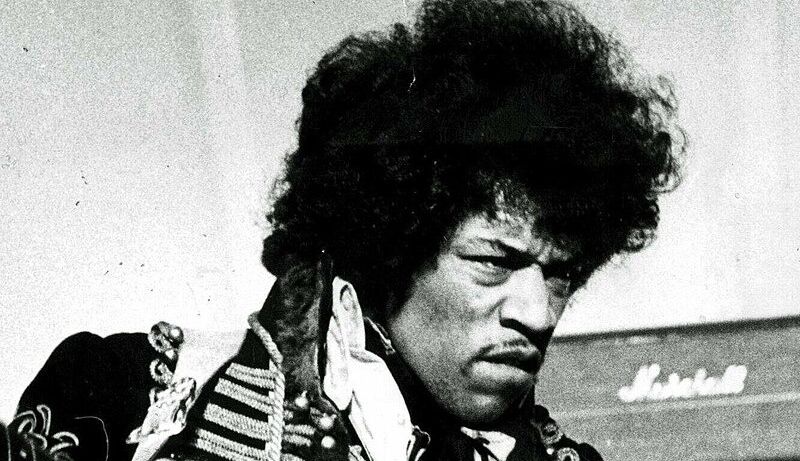
Hendrix’s performance used distortion and feedback to mimic war sounds, creating an interpretation that functioned simultaneously as patriotic tribute and Vietnam War protest. It became the defining moment at a festival already overflowing with legendary sets and countercultural significance.
The performance lasted only four minutes but contained multitudes—love for country wrestling with horror at its actions. Hendrix’s guitar became a weapon of mass artistic destruction, turning the national anthem into a question rather than a statement.
4. The Beatles Rooftop Concert (1969)
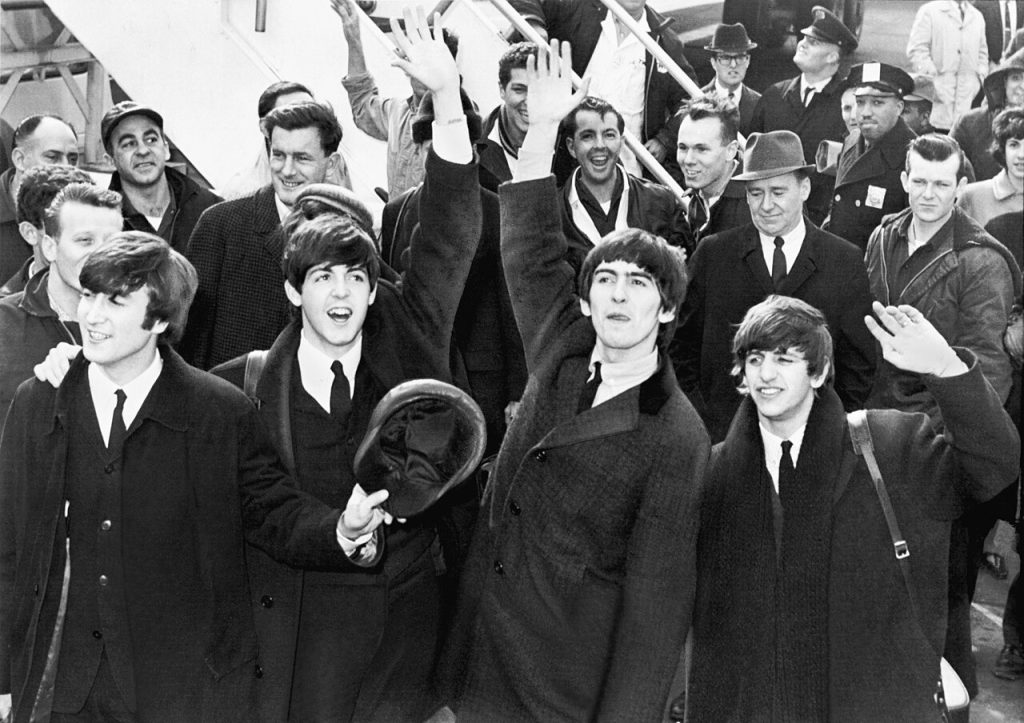
Their final public performance atop Apple Corps’ building attracted crowds and police intervention, marking a symbolic closure to their live career. This unconventional concert highlighted both their music’s enduring appeal and their willingness to break conventional molds even at the end.
The impromptu nature felt revolutionary four guys playing songs on a rooftop while London stopped to listen. Police shut it down, but not before the Beatles proved they could still stop traffic with nothing but amplifiers and attitude.
3. Prince at the Super Bowl (2007)
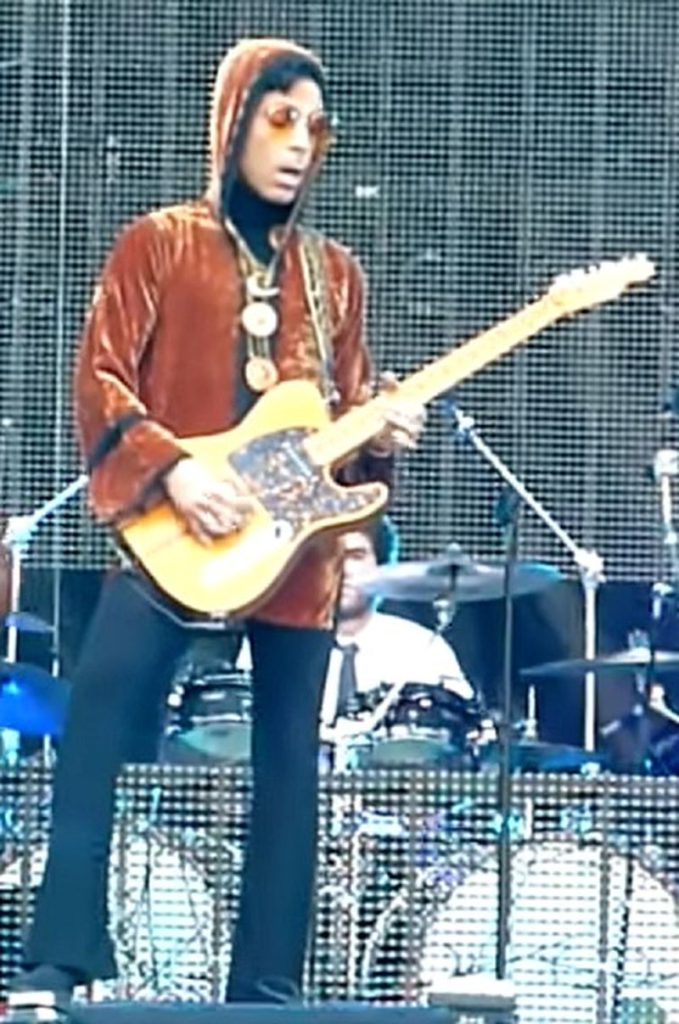
Prince’s halftime performance is widely considered the gold standard for live televised music, blending high-caliber musicianship with evocative staging. His iconic rendition of “Purple Rain” performed during actual rainfall created television magic that no amount of planning could have manufactured.
The rain transformed a good performance into legend. Prince embraced the weather like he’d ordered it personally, turning potential disaster into the most poetic Super Bowl moment in history.
2. Bob Dylan at Newport Folk Festival (1965)
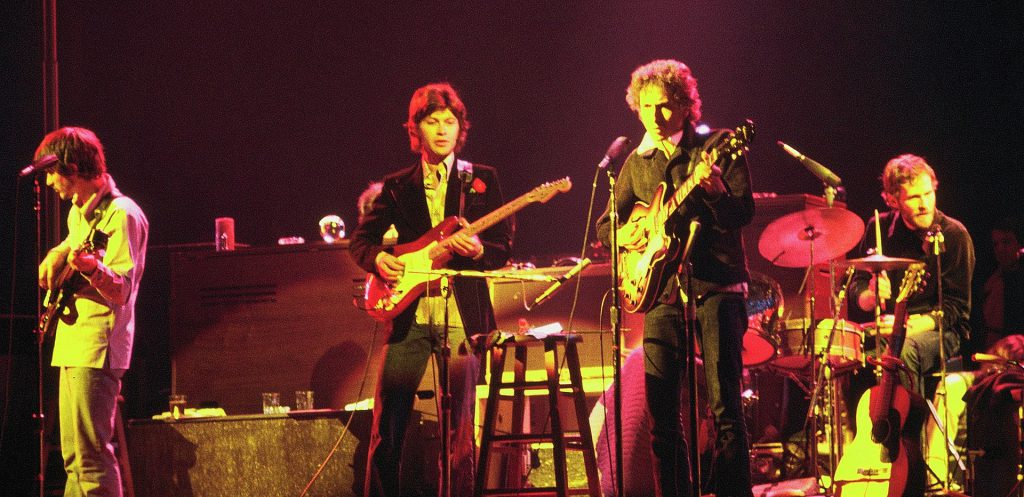
Dylan’s electrified set surprised fans and symbolized a generational shift, with reactions ranging from delight to outright hostility. The performance marked his transition from folk to rock, echoing broader cultural transformations and cementing his reputation for artistic risk-taking over crowd-pleasing.
The boos were as important as the applause—Dylan had chosen evolution over expectation. Folk purists felt betrayed, but Dylan was busy inventing the future of popular music.
1. Woodstock Festival (1969)
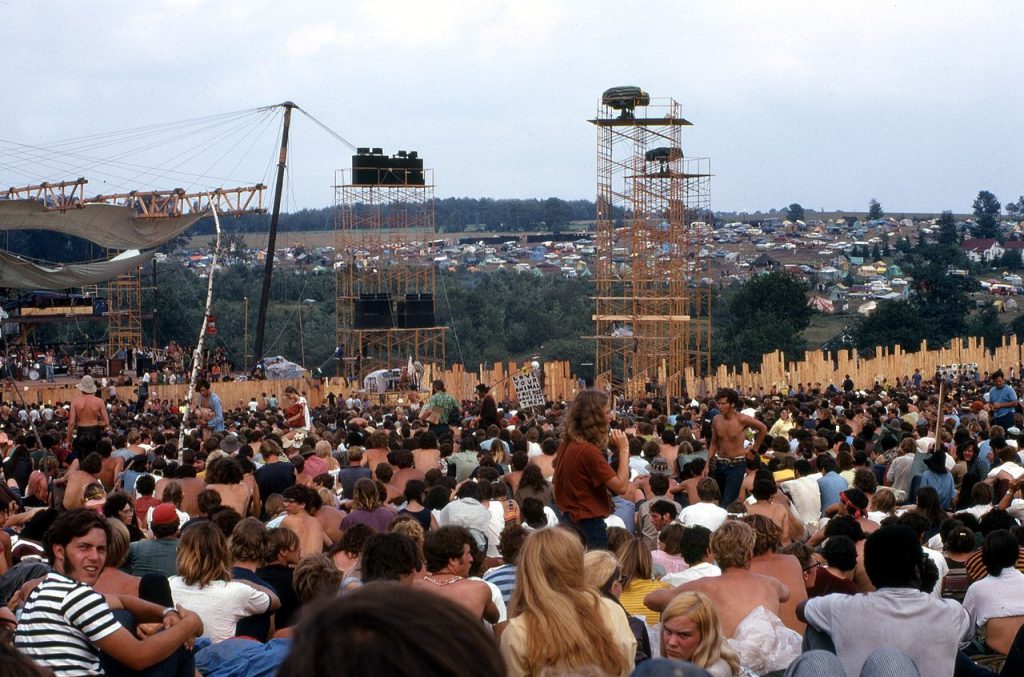
Over 400,000 people gathered in Bethel, New York, creating a demonstration of communal spirit and unity despite mud, shortages, and logistical chaos. Woodstock remains seminal for showing how music could unite massive crowds around shared values of peace and artistic expression.
The festival succeeded despite every reason it should have failed. When the infrastructure collapsed, the audience became the show—sharing food, helping strangers, and creating a temporary utopia that proved counterculture ideals could work on an massive scale.




